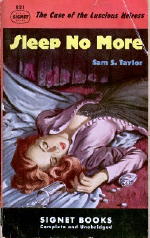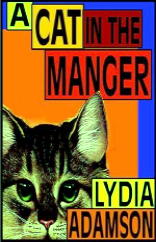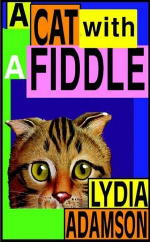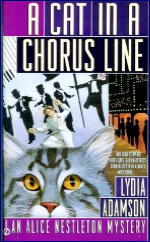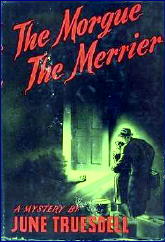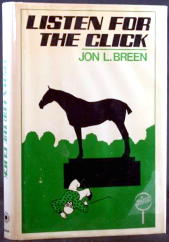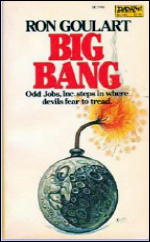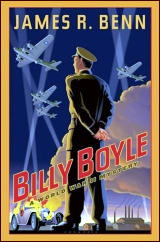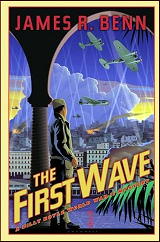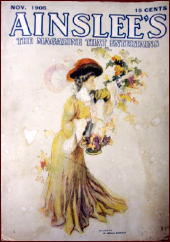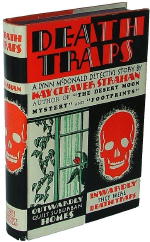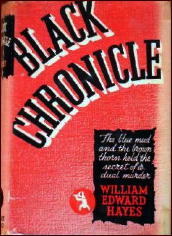TWELVE IMPORTANT ACADEMIC ESSAYS ON CRIME FICTION
by Josef Hoffmann
When I drew up my rcent list of the “Twelve Best Essays on Crime Fiction,” I restricted it to literary essays. This is clear from the fact that almost all the essayists on that list have also written crime stories. I am now complementing that with a list of essays by academics.
What characterises an academic essay? The knowledge presented, the content of the message, is more important than the formal beauty of the writing. It is not so much a matter of the essay providing reading pleasure, as of it stating the truth by putting forward a differentiated and critical analysis of crime fiction texts.
The theses have to be defended by means of stringent arguments and text references. The sources of the knowledge should be referred to, preferably in the form of precise data in footnotes. The author of the essay must be familiar with scholarly methods. As a rule, he or she will already have recognised status in the academic field, for example, as a university professor. An important academic essay will be cited and discussed in academic writings and act as a stimulus for other essays on the topic, etc.
In the following list I have only essays that appeared in print. For this reason an essay like “The Amateur Detective Just Won’t Do: Raymond Chandler and British Detective Fiction†published by Curtis Evans in his blog, The Passing Tramp, cannot be included. Online essays would require a list of their own.
Now to the announced list, presented alphabetically by author:
Alewyn, Richard: “The Origin of the Detective Novel†in The Poetics of Murder, ed. by Glenn W. Most and William W. Stowe, Harcourt Brace Jovanovich, 1983.
Alewyn puts forward the provocative thesis that the detective story had its roots not in the rationalist 19th century but in Romanticism and Gothic novels that revere the mystical and irrational.
Barzun, Jacques / Taylor, Wendell Hertig: Introductory in A Catalogue of Crime, Harper & Row, revised and enlarge edition 1989.
In their introductory essay the authors make a knowledgeable and trenchant case for the refined literary art of detection in the tradition of the classical whodunit.
Deleuze, Gilles: “The Philosophy of Crime Novels†in Desert Islands and Other Texts 1953-1974, Semiotext(e) Foreign Agent Series 2004.
In this essay the famous French philosopher deals mainly with the difference between the traditional detective story and the crime novels of the legendary série noire, and at the same time makes interesting reading recommendations, such as James Gunn’s Deadlier Than the Male.
Eco, Umberto: “Narrative Structures in Fleming†in The Poetics of Murder, ed. by Glenn W. Most and William W. Stowe, Harcourt Brace Jovanovich, 1983.
Eco came from scholarship to novel writing, including The Name of the Rose. Many of his essays are widely read and very well known, like this one about the James Bond stories.
Jameson, Fredric: “On Raymond Chandler†in The Poetics of Murder, ed. by Glenn W. Most and William W. Stowe, Harcourt Brace Jovanovich, 1983.
Jameson, a literary expert above all on postmodern cultural phenomena, is also a considerable Chandler connoisseur. A more recent essay on Chandler is contained in the essay collection Shades of Noir, ed. by Joan Copjec, Verso 1993: “The Synoptic Chandler.”
Knight, Stephen: “The Golden Age†in The Cambridge Companion to Crime Fiction, ed. by Martin Priestman, Cambridge University Press 2003.
Knight, who is renowned for his history of Crime Fiction, 1800-2000: Detection, Death, Diversity (2003), provides a balanced and in part critical survey of the golden age of whodunit fiction.
Lacan, Jacques: Seminar on “The Purloined Letter†in The Poetics of Murder, ed. by Glenn W. Most and William W. Stowe, Harcourt Brace Jovanovich, 1983.
The typical detective-story reader will probably be disappointed by the essay or even hate it, as he or she may get the impression that Lacan projects his concept of psychoanalysis on Poe’s story, thus monopolising it for his own purposes. Nevertheless, Lacan’s essay is one of the most frequently cited and discussed essays on Poe’s detective story; a separate volume is devoted to it: The Purloined Poe, ed. by John P. Muller and William J. Richardson, Johns Hopkins University Press 1988.
Marcus, Steven: Introduction, in Dashiell Hammett: The Continental Op, Picador 1984.
This essay is surely the most influential ever written on Hammett. The Columbia University professor shows that academic scholarship and literary form can go hand in hand.
Reddy, Mauren T.: “Women detectives†in The Cambridge Companion to Crime Fiction, ed. by Martin Priestman, Cambridge University Press 2003.
The essay offers a critical survey of the most important women detective writers, from Ann Radcliffe’s precursor figure Emily, to Kathy Reichs’ Dr. Tempe Brennan.
Sebeok, Thomas A. / Seboek-Umiker, Jean: “You Know My Method: A Juxtaposition of Charles S. Peirce and Sherlock Holmes†in The Sign of Three: Dupin, Holmes, Peirce, ed. by Umberto Eco / Thomas A. Sebeok, Indiana University Press 1983.
The surprising result of this comparison between the investigative methods of Peirce and Holmes is their great similarity.
Shklovsky, Viktor: “Sherlock Holmes and the Mystery Story†in Theory of Prose, Dalkey Archive Press 1991.
Shklovsky is an outstanding representative of the Russian formalist school, which had a considerable influence on modern literary studies. His collection of essays dated 1925 contains the above-mentioned essay on Conan Doyle’s Sherlock Homes stories, which can only described as “ground-breaking.â€.
Sturak, Thomas: “Horace McCoy’s Objective Lyricism†in Tough Guy Writers of the Thirties, ed. by David Madden, Southern Illinois University Press, 3rd printing 1977.
A meticulous analysis, based on Sturak’s dissertation, of the specific literary achievement of an underestimated author.
Some readers may find this list is missing academics who have rendered great service to the study of crime literature, like Francis M. Nevins, Lee Horsley, Robert Polito, Sally R. Munt, Dennis Porter, Kathleen Gregory Klein, Martin Priestman, Jochen Vogt and many more.
For anyone looking to access the wide-ranging field of the academic essay on crime literature, I would suggest the highly representative essay collection The Poetics of Murder, which is also recommended by the British Queen of Crime, P.D. James in her book on crime fiction.
— Translated by Pauline Cumbers.
